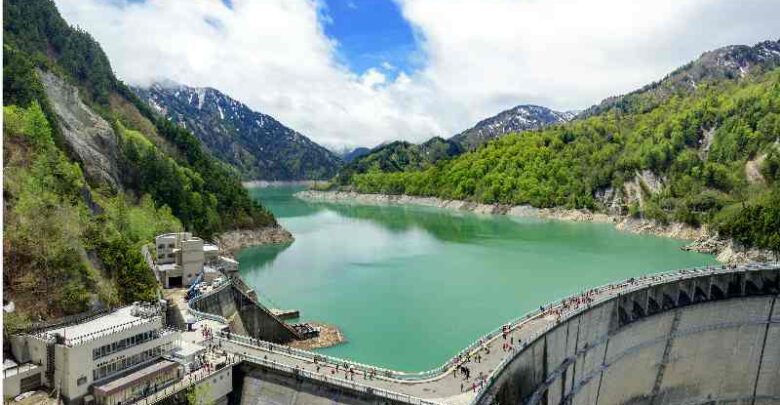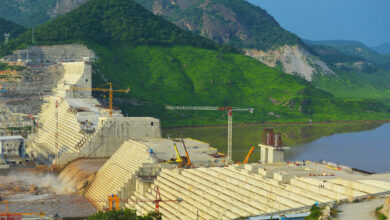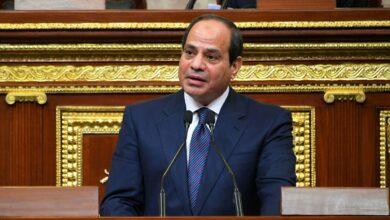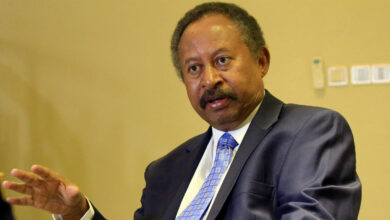
Ethiopia’s Ministry of Foreign Affairs has expressed dismay over the European Union’s (EU) position with regard to the Grand Ethiopian Renaissance Dam (GERD), reported All Africa.
“The EU’s recent stance on the filling and operations of the GERD is biased and senseless,” said Dina Mufti, spokesperson of the ministry during a biweekly briefing.
Following the EU Foreign Affairs Council meeting held on 20 June, the EU and Egypt said in a joint statement that there is a need for reaching a binding agreement on the filling and operations of the Nile dam in order to protect Egypt’s water security and promote peace and stability in the region.
Mufti said the EU should consider rectifying the statement and its stance towards the dam. Notably, the EU has had an observer status in the African Union (AU)-led talks between Ethiopia, Sudan and Egypt on the filling and operations of the GERD.
The spokesperson said Ethiopia’s government has already made it clear that it does not intend to harm the Nile downstream countries and that the operation of the dam is governed by the tripartite agreement reached among the three countries.
“For a country that demonstrated a genuine stance on the GERD, such a partisan statement is unacceptable,” said the spokesperson in condemnation of the EU’s position.
Mufti said the EU’s statement undermines Ethiopia’s rights to fairly utilize its resources and so the Ethiopian government rejects the statement as biased and senseless. He added that the EU’s stand was totally one-sided and failed to accommodate the “sense of impartiality.”
Negotiations over the dam between Egypt, Ethiopia, and Sudan have stalled for years, with the three parties ultimately failing to reach any concrete agreement. Egypt and Sudan want a legally binding agreement, while Ethiopia says any pact should be advisory.
The disputed dam is the largest hydroelectric project in Africa, with a cost of more than four billion dollars. The construction of the dam began in 2011.






